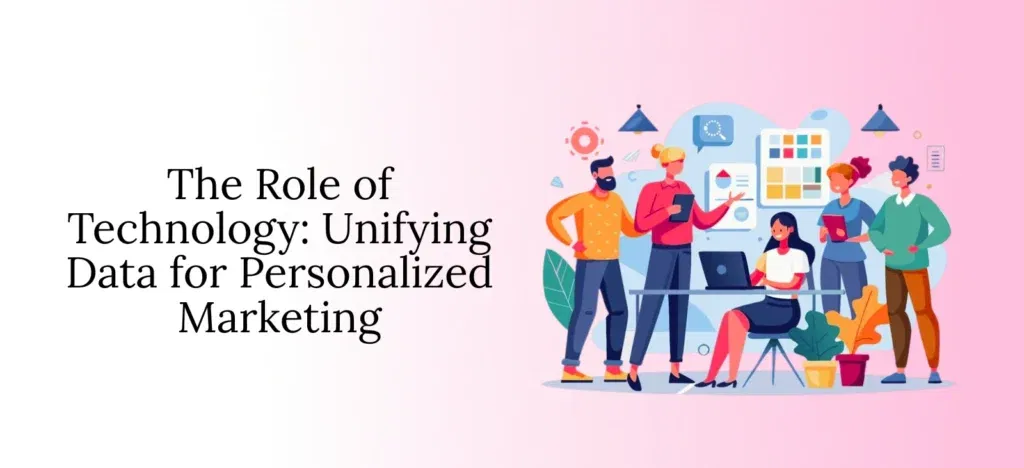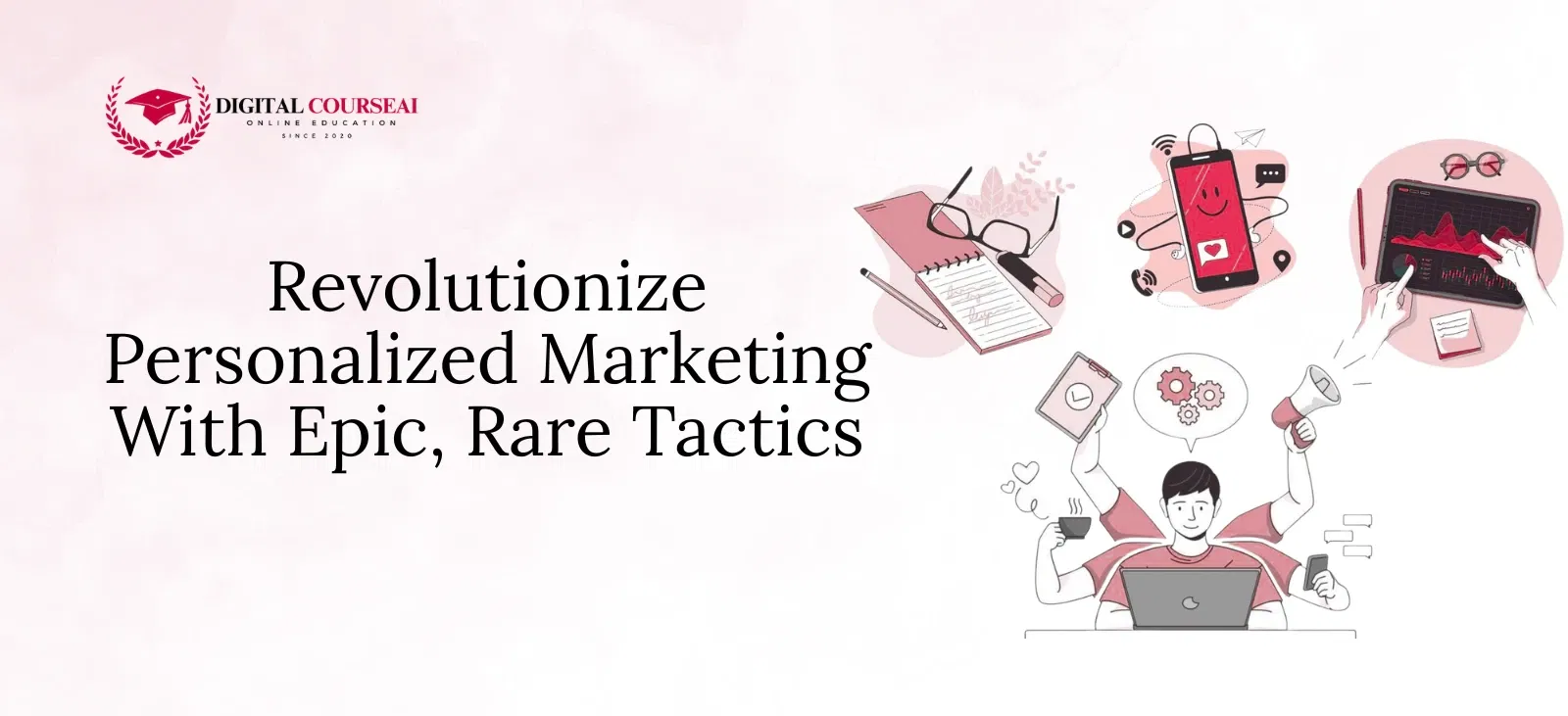Introduction
In today’s crowded marketing landscape, generic marketing campaigns are extremely ineffective this is where personalized marketing exists. This is where consumers are inundated with information.
Also, consumers expect brands to be able to understand their unique needs and preferences. As a tactic that businesses can strategically and intentionally utilize. To send highly relevant messages or experiences by using individual user data.
This can give businesses the capabilities to create a deeper, more personalized relationship. It values frequency of purchases and growth by moving away from general strategies.
Understanding the Foundation: The Value of Data
The foundation of any successful personalized marketing strategy is a robust understanding of customer data. Various types of data can be collected from different sources. As well as being categorized to provide a comprehensive overview of your audience.
First-Party Data:
This is the highest-quality data because this is collected from the individual customer. Including information derived from website visits, email and buy history & app usage. This data is of the highest quality. Most reliable for proper curation to tailor experiences.
Second-Party Data:
This is really someone else’s first-party data that you acquire through a relationship. Example: two non-competitive companies that value sharing data to increase their marketing efforts.
Third-Party Data:
This can be collected from many sources. Often, larger data platforms will wrap or condense. Although many data formats are used together, they provide little insight. This data can give a broad view, with some exceptions. But it is typically not as specific or reliable as first-party data.
Beyond the source, data can also be segmented by type:
Behavioral Data:
This is the tracking of what the end user does. What they click, what pages they visit, and abandonment of carts. What pages they visited and the amount of time spent on a page. This data is extremely valuable for understanding customer intent. Also, what stage in the buyer’s journey they are currently in.
Demographic Data:
This includes information about your users ‘ age, location, gender, and income level. This is an older segmentation practice, but it does provide the basic foundational layer of segments.
The Role of Technology: Unifying Data for Personalized Marketing

Capturing the data is just step one. The next step is to centralise and activate the data. This is where technology, like a Customer Data Platform (CDP), is vital for your A CDP centralises.
However, your data for your personalisation efforts by connecting attributes across many platforms. Including, but not limited to, your Customer Resource Management (CRM), e-commerce data, and social media.
Also, it pulls that information into one complete profile of the customer.
A unified view allows you to:
- Create a 360-Degree Customer Profile:
View every interaction a customer has had with your brand in one place.
- Segment and Target More Effectively:
Customers can be grouped based on shared behaviours. Likewise, demographics are used to deliver highly relevant and specific campaigns.
- Enable Real-Time Engagement:
Acting on customer actions in real-time is magic. For instance, you could send a product recommendation email immediately. After a user has browsed a certain product category.
- Predict Future Behaviour:
Predictive analytics allow your company to determine what customers may eventually want. Also, inform them of the right message at the right time, pre-emptively engaging customers.
Strategic Application: Putting into Practice
Once you have collected, cleaned, centralised, and made your data actionable, you can put the personalisation into use across all marketing channels.
Email Campaigns
Email is an excellent channel for personalisation. Instead of creating a product-category-themed e-blast. You can send curated content based on individual past purchases.
Individual browsing history, and even browsing inactivity. Here are a few examples:
- Abandoned Cart Emails: Reminding someone they abandoned an item in their cart.
- Personalised Product Recommendations: Recommending products that are like those previously purchased.
- Milestone Emails: Acknowledging a customer’s anniversary with your brand/birthday. Also, presenting them with an exclusive offer.
Website & App Experiences
Your digital presence should also morph and customise to the user. This will mean either using dynamic content, personalised homepages, and tailored product recommendations.
For example, your repeat customer may see products they’ve viewed previously. While a new visitor sees the top-selling products, like many other versions of them. This creates an easy-to-follow user experience.
Paid Advertising & Social Media
When you use user data to personalise marketing. You can create custom audiences that will help optimise your digital ad campaign. Retarget users who visited a product page but abandoned their shopping cart.
You can create lookalike users from your most valued customers. Here, we know you are spending your money wisely on those users most likely to convert.
Ethical Considerations and Future Trends
When you are setting up your personalized marketing plan, do so with privacy first. Make sure to always be transparent about what customer data you’re collecting. Like exactly how you would use it, and always gain consent from your customer. It offers simple ways to manage consent.
Looking ahead, we see the role of artificial intelligence (AI) and machine learning significantly. For progressing personalised marketing capabilities.
AI can sift through massive amounts of data and reveal insights. Otherwise masked in the larger dataset. But also essential for best predicting customer future behaviour. This will only take personalising your offering to the next level in its scope and timeliness.
By embracing personalized marketing and effectively leveraging user data for such marketing. Though businesses can transform their customer relationships. They stay ahead in the ever-evolving digital landscape. It’s no longer a luxury—it’s a necessity for any brand that wants to build a loyal and engaged customer base.
Promote your career and design exceptional user experiences with our complete UI/UX courses by Digital CourseAI.

